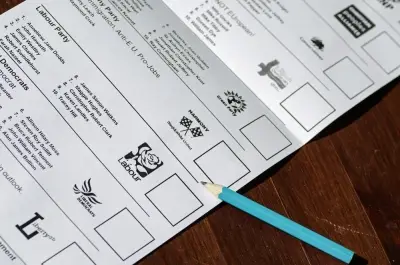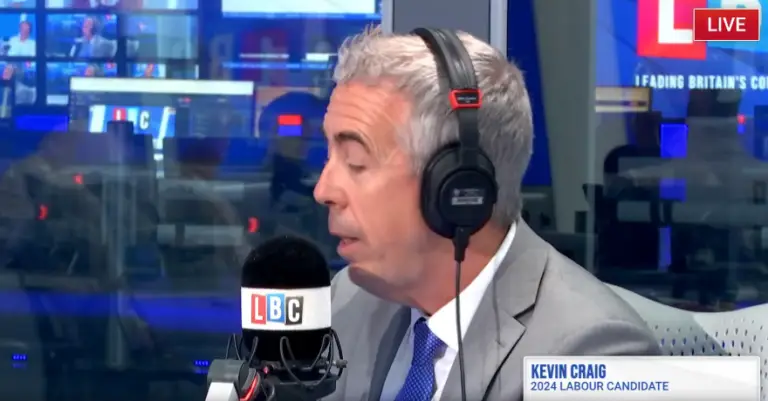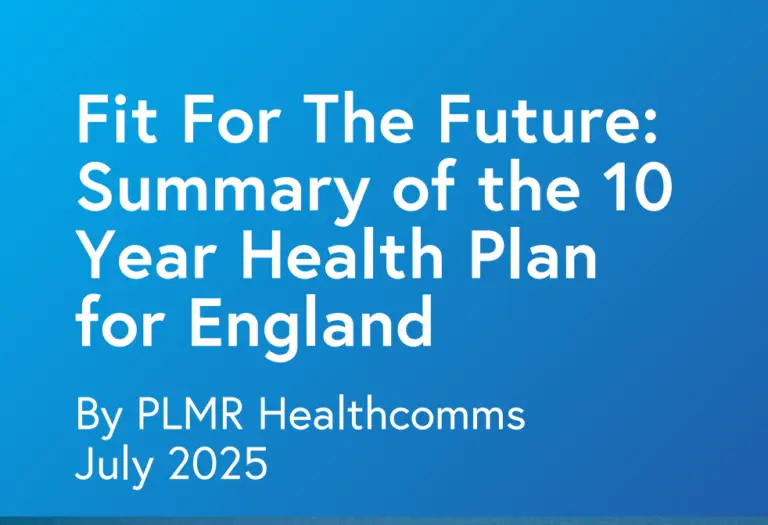Annus horriblis. That’s how the Queen described 1992, following a number of family divorces, the publication of that tell all Diana book and the fire that devastated Windsor Castle.
The phrase also neatly sums up 1992 for the pollsters.
Polling companies unanimously forecast a win for Neil Kinnock and the Labour Party. The polls showed a 2 per cent lead for Labour, but the Conservatives went on to win their fourth consecutive election with a lead of 8 per cent.
The disaster of 1992 caused some introspection among pollsters. With three factors blamed: a late swing, bad control data and so called ‘shy Tories’ – those people, who, at election time, don’t say they are voting Conservative but do anyway.
All polls contain statistical errors that are difficult to avoid because they can never avoid having sampling errors. Take a random sample of 1,000 voters and it is almost inevitable that just by chance you end up with say, too many supporters from one particular party, too many unemployed people or too many pensioners. Such sampling errors will distort polling results.
So what does that mean for next week’s general election? Well the landscape is far more complex than 1992’s two-horse race between Labour and the Conservatives. And this makes the job of the pollsters far more difficult.
The dawn of multi-party politics. UKIP, the SNP, the Greens and Plaid Cymru are all important to predicting the election outcome. Not only do polls have to account for the support these parties are attracting, but any poll that overstates the support for the smaller parties are likely to understate the support of the larger parties. Just think UKIP vs Conservative or SNP vs Labour.
The ‘shy Tory’ factor. This ConHome highlights just how frequently Conservative vote is underestimated and conversely overestimate the Labour vote. In the 10 by-elections of 2014 on average the polls underestimated the Conservative vote by 1.8 per cent and overstated the Labour vote by 3.7 per cent.
The ‘shy Labour’ factor. Some commentators are speculating that it is not just Conservative voters who are shy; Labour voters in Scotland may be too. If this is true, Labour’s defeat in Scotland may not be so heavy. I personally don’t see this as Labour voters are typically very proud, as this research last month by YouGov shows. But with the SNP dominating the debate in Scotland, who knows just how many Labour voters are holding their tongue until polling day.
The SNP’s voter turnout. As much as 18 per cent of current SNP supporters didn’t vote at the last election. If the SNP isn’t able to encourage these supporters to cast their vote on polling day this may also limit the damage done to Labour in the election.
The race is close. Most poll of polls have the Conservatives and Labour tied neck-and-neck on around 34 per cent or at least within a percentage point of each other. This means any sampling errors – such as underestimating the ‘shy Tory’ vote spelled out above – could lead to the polls pointing to a different result than the one delivered in the election booth.
The survey method. Online polls and telephone polls are producing different results. Online polls have tended to produce results favourable to Labour and to the smaller parties, such as UKIP, whereas telephone polls tend to favour the Conservatives. Come May 8th, will one of these methods be discredited? Unlikely, but some pollsters may be forced to scrutinise their methods in greater detail. Just as they did post 1992.
So can we trust the polls at all? Yes and no. In an attempt to mitigate the above, political commentators are frequently drawing on poll of polls and even comparing polling to the spread betting market in order to try and accurately predict the outcome of the election.
Which brings me to my prediction for the 2015 General Election. 2015 may not quite prove to be another Annus horriblis for the polling industry, but with commentators predicting that some pollsters will be left with egg on their faces, I suspect come May 8th a few will be seeking to rehabilitate their reputation.*
And those who call it right? Well, expect to see them all over the news with beaming smiles.
*And of course I would recommend they contact PLMR.




